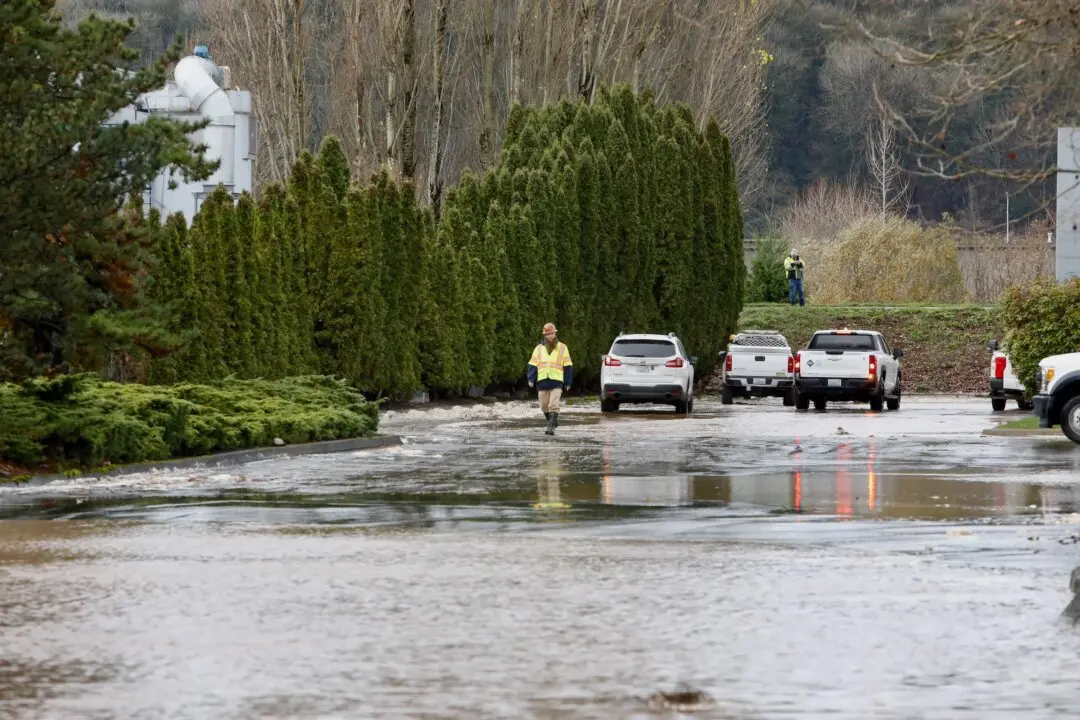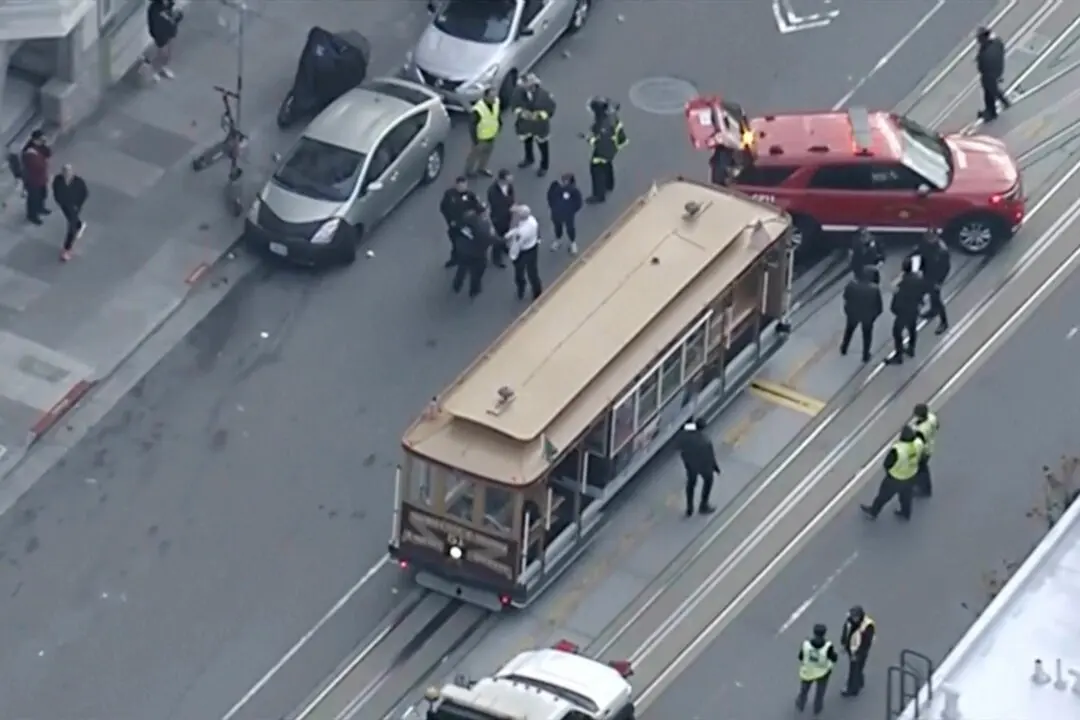HELENA, Mont.—A wildfire driven by gusting winds swept down Glacier National Park’s most popular roadway toward a small community at the park’s eastern entrance, sending visitors packing and residents scrambling to protect their homes and businesses.
Officials evacuated the small community of St. Mary and homes along nearby St. Mary Lake on Wednesday afternoon as a precaution against the approaching fire.
“We’re kind of in the direct line right now,” said Susan Brooke, who owns the St. Mary Glacier Park KOA. “It’s raging down the ridge toward St. Mary.”
Brooke said 688 people were in the campground when the fire ignited Tuesday afternoon about 6 miles east of Logan Pass. Word of the fire began to circulate as people returned from the pass and others checked the Internet, and soon the plume of smoke could be seen in the distance.
“People started to panic and started leaving immediately,” she said.
Nearly all of the campers cleared out by midafternoon Wednesday, only to be replaced by fire officials and law enforcement using the grounds as a staging area with the fire just over the ridge a few miles away.
By Wednesday evening, the fire had burned more than 6 square miles. It also destroyed the Baring Creek Cabin, a historic backcountry structure.
Park officials previously had evacuated the Rising Sun Motor Inn and two campgrounds. Later Wednesday, Glacier County and Blackfeet tribal authorities began the evacuations in St. Mary. The National Park Service also evacuated the St. Mary Visitor Center and administrative offices.
The scenic Going-to-the-Sun Road, which is the main alpine roadway that bisects the park, was closed for 21 of its 50 miles. On Tuesday, visitors had to leave their vehicles along the park’s most popular corridor as officials shuttled them to safety. One car left behind burned.
Peak tourist season is underway, and 95 percent of park visitors travel some length of the Going-to-the-Sun Road, which bisects the park and hugs the mountainsides to cross the Continental Divide.
The dangerous fire weather extended to Washington state, which is also struggling with drought. About 600 firefighters on the ground and in the air attacked a wildfire that has burned one home and nearly 6 square miles of land in the southeastern part of the state near Walla Walla. It was likely human-caused, officials said.
Further south, a fast-moving wildfire grew by another thousand acres overnight and has now scorched nearly 8 square miles of countryside near Lake Berryessa, about 30 miles north of Napa.
Some 200 homes were threatened Thursday morning and the communities of Quail Ridge and Golden Bear are under evacuation orders.
The California Department of Forestry and Fire Protection said there was no immediate word on the total number of evacuees. Calfire said early Thursday morning that it had no reports of injuries or damage.
In central Montana, Helena National Forest officials say a separate blaze has burned about 4 square miles since Tuesday and threatens homes in a rural area about 15 miles east of Townsend.
In the Glacier blaze, one family from Missouri nearly found themselves trapped when they briefly stopped to record video of the fire.
“It was smoldering and smoking just like a normal fire,” Lakota Duncan said. “As soon as we started driving, it just exploded. That’s the best I can say.”
Duncan’s father began driving at high speed as the flames drew nearer, while Duncan yelled, “Go, Dad, Go,” from the back seat and continued to record as they made their escape.





